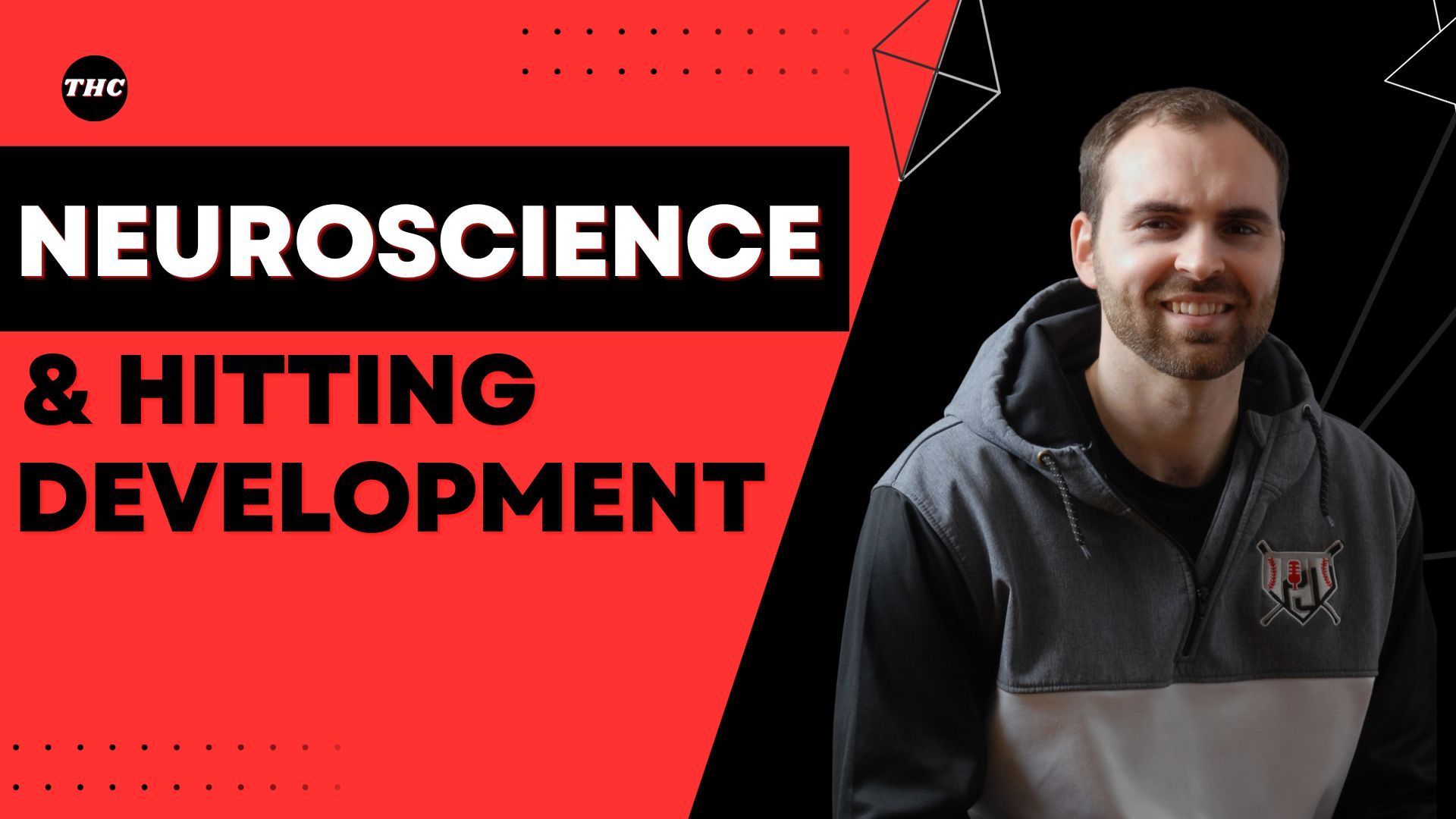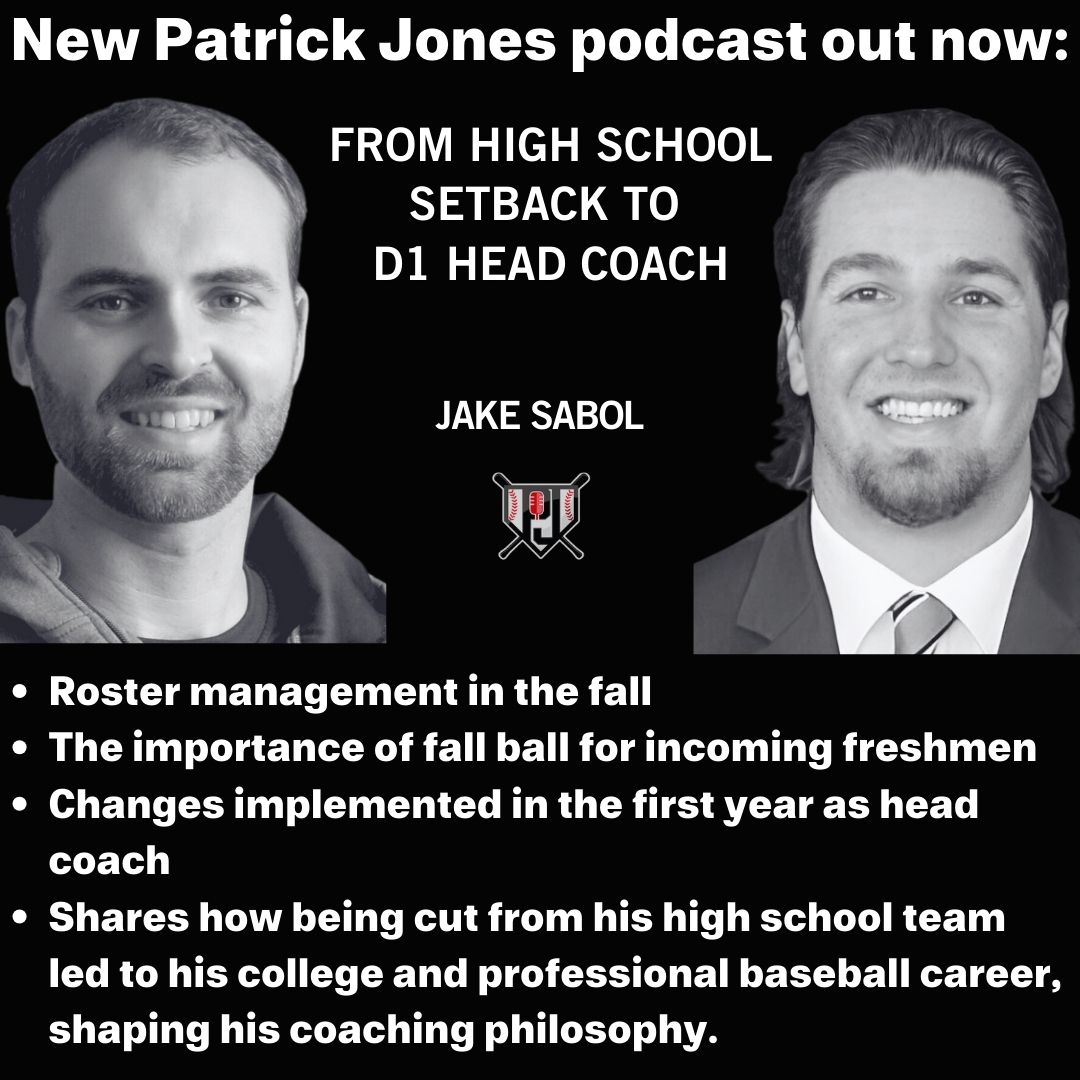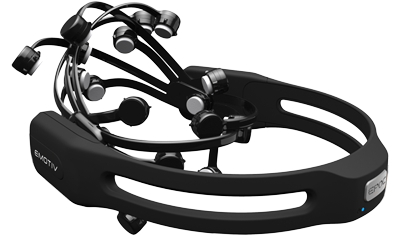Neuroscience & Hitting Development
Oct 24, 2023

Read time: 3 minutes
New Patrick Jones Baseball Podcast is out:

- Understand Title IX impacts on rosters.
- Prioritize fall ball.
- Create individualized coaching plans.
- Always be open to change and learning.
- Use personal experiences to enhance coaching.
Listen: patrickjonesbaseball.com
In today’s edition of The Hitting Chronicle, we'll dive into how to effectively utilize neuroscience to refine and optimize the art of hitting in baseball.
Tapping into neuroscience can revolutionize a hitter's performance at the plate.
By understanding brain mechanics, players can achieve better reaction times, make improved swing decisions, and optimize their swing mechanics.
Unfortunately, neuroscience and baseball training aren't as widespread as one might hope.
Lack of Awareness is the Primary Reason Why.
Several barriers stand in the way of fully leveraging neuroscience in training:
#1: A belief that baseball and softball, being steeped in tradition, should remain untouched by "modern" training methods.
#2: The intimidation factor — many assume neuroscience to be too intricate for practical application in sports.
#3: Limited access to or knowledge of neurofeedback tools.
#4: A mindset that prioritizes physical training over cognitive enhancement.
It’s not as complicated to implement as you might think.
Here's how, step by step:
Step 1: Immerse Yourself in Brain Mechanics and Neuroplasticity.
Understanding how the brain operates is essential. Brain plasticity, or neuroplasticity, pertains to the brain's ability to adapt and evolve.
For hitters, this means "re-wiring" brain patterns to enhance decision-making during at-bats.
Step 2: Incorporate Neurofeedback Tools into Training.
One significant point to note is the underutilization of technology, especially neurofeedback tools, in training. Here are some tools and technologies to consider:
NeuroSky: A consumer EEG device that tracks focus and concentration.
Muse: A brain-sensing headband that provides real-time feedback on brain activity.
Emotiv: A more advanced EEG device to analyze brain patterns, aiding in targeted improvements.

Step 3: Drills for Cognitive Enhancement Without High-tech Tools.
Even if you don’t have access to the latest neurofeedback tools, you can still benefit from neuroscience principles:
Visual Tracking Drills
Color Call-Out: Use multi-colored balls or tennis balls. The hitter has to call out the color.
Distraction Training: Have hitters take practice swings or even live batting practice with intentional distractions (e.g., loud music, people moving around them). This trains the brain to maintain focus amid distractions, simulating the noisy environment of a game.
Pitch Recognition: Mix up pitches without letting the hitter know what's coming. For instance, switch between fastballs, curveballs, sliders, etc. This forces the batter to quickly recognize and adapt to different pitches, training their brain for quick decision-making.
Visualization: Have players close their eyes and visualize different pitch scenarios, their swing, making contact, and the ball's trajectory.
Visualization has been shown to activate the same neural pathways as physically performing the action.
Reaction Training: Use soft toss with random speed changes. The unpredictability forces the batter to be always ready and sharpens their reaction time.
Pressure Situations: Simulate high-pressure game situations during practice, like being down by a run in the bottom of the 9th with two outs. Training under pressure can help hitters stay calm and make better decisions during actual game scenarios.
Balance Drills: Drills like standing on a balance board or an unstable surface while swinging can help integrate neural pathways. This not only aids in developing better balance but also forces the brain to multitask, enhancing neural connections between the body and brain.
Step 4: Regular Application and Review.
Consistency is key. Brain training requires repetition and dedication, just like physical training.
Mix cognitive and physical drills, consistently reflecting and adjusting based on results and feedback.
Summary
Blending neuroscience with hitting development might appear weird. However, it's about harnessing and optimizing the most vital tool a hitter possesses: their brain.
Whenever you're ready, there's 1 way I can help you:
Want to elevate your game to the next level? Here's why players and coaches trust our program:
Proven Success: We've mentored hitters who've made their mark in MLB, Power 5, Mid Major D1, and more.
Biomechanics: Dive deep into the biomechanics of the swing, supported by cutting-edge tools like 3D Motion Capture, HitTrax, and Blast Motion.
Mental Game: Get an edge with strategies learned from the top mental performance coaches on the planet.
Special Offer: Fill out our form now and receive a FREE hitting assessment. An invaluable insight into your strengths and areas for improvement.
